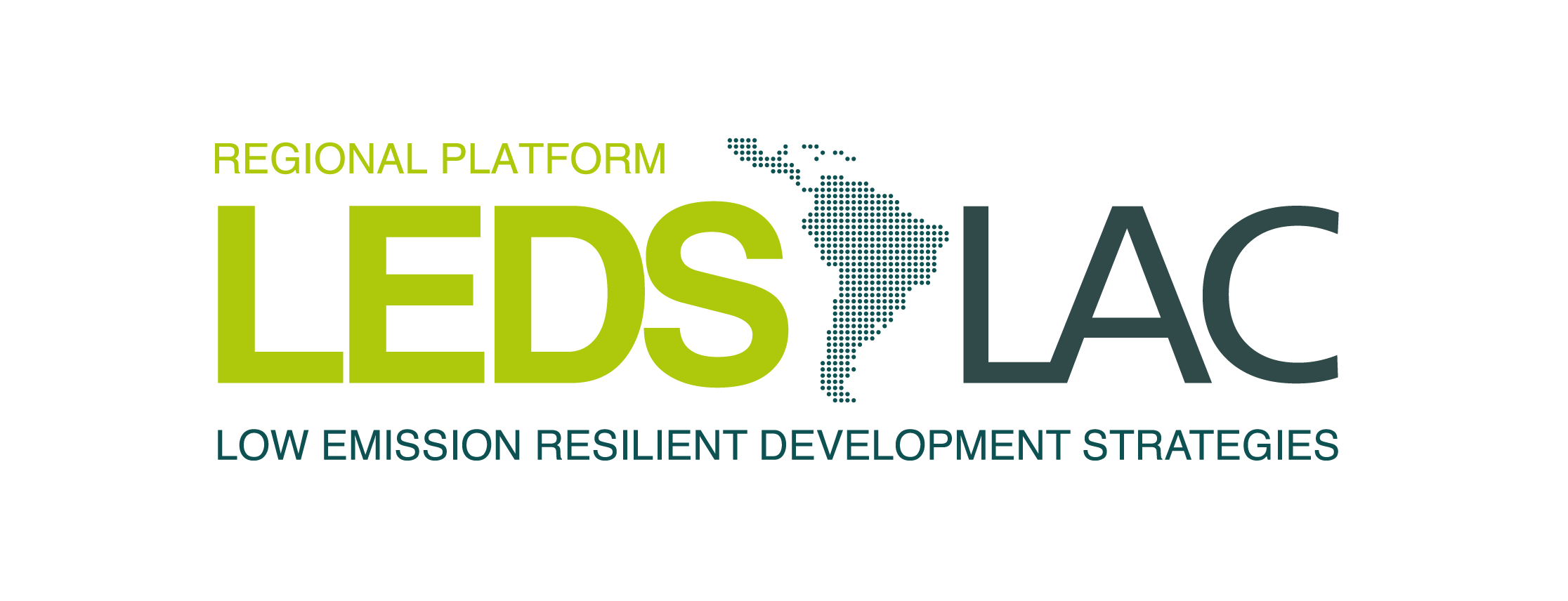Guidance on how to develop a Long-Term LowEmission Development Strategy (LT-LEDS)

Sustainable Development Guide
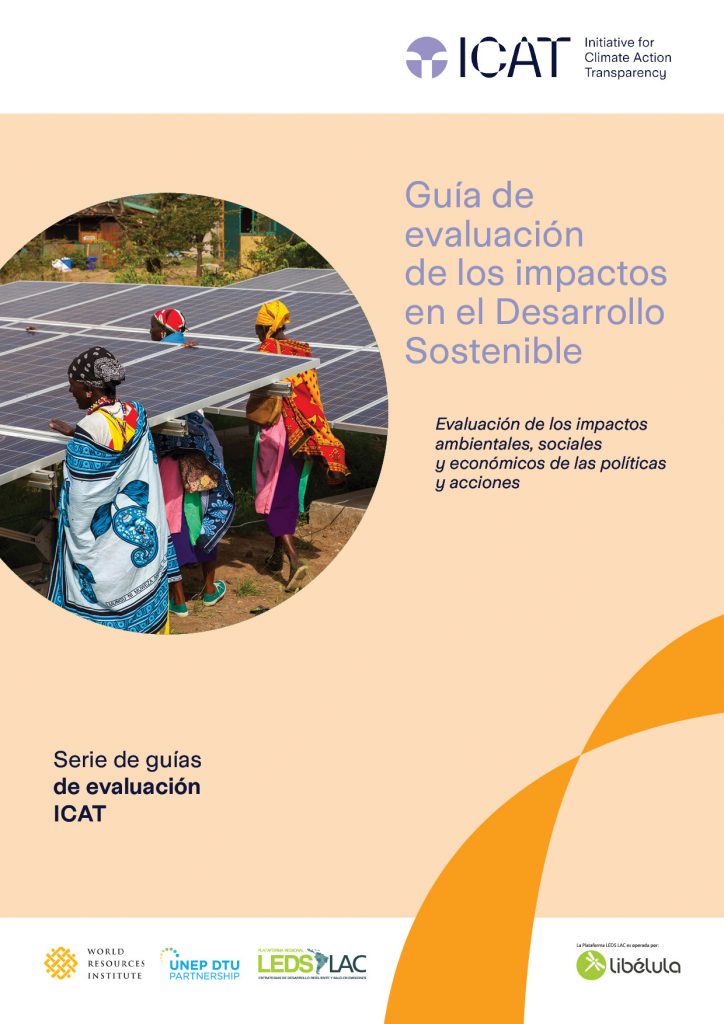
The guide helps to assess the impact of policies and actions in relation to the Sustainable Development Goals (SDGs). This assessment would allow the SDGs and climate goals to be integrated into a unified process. For example, it would be possible to identify and report Sustainable Development benefits within the actions taken to meet the NDCs.
Transformational Change Guide
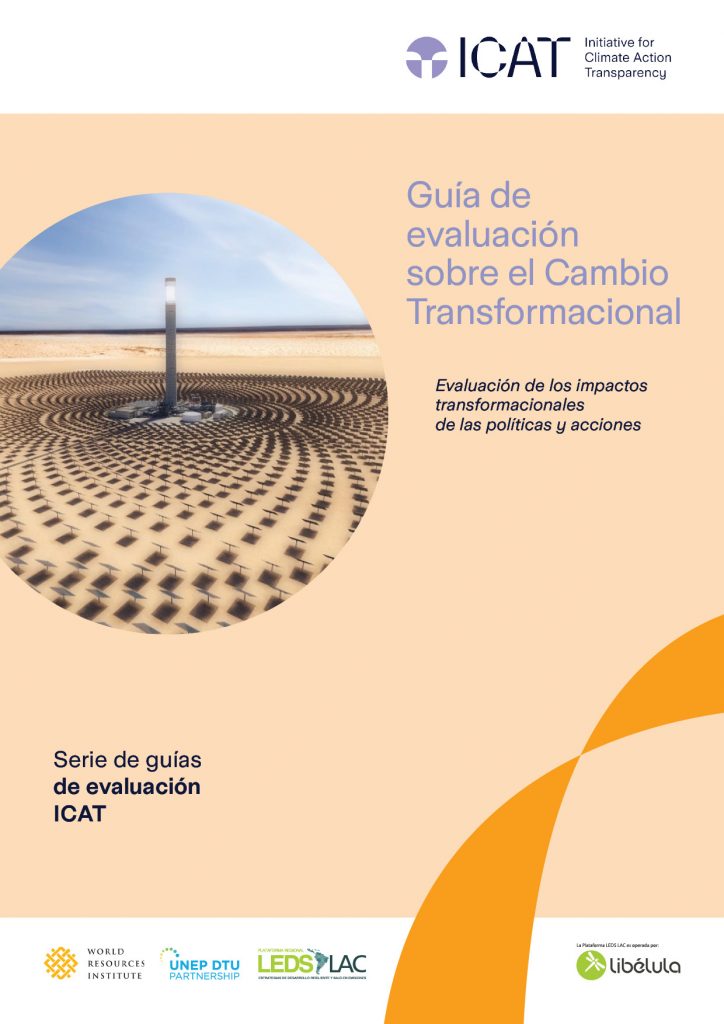
Transformational Change can be defined as sustained, fundamental system change that disrupts established carbon-intensive practices and contributes to a zero-carbon society in line with the Paris Agreement and the United Nations Sustainable Development Goals.
Thus, the guide makes it possible to determine to what extent an action or policy has been or can be transformational.
Net Zero World Initiative
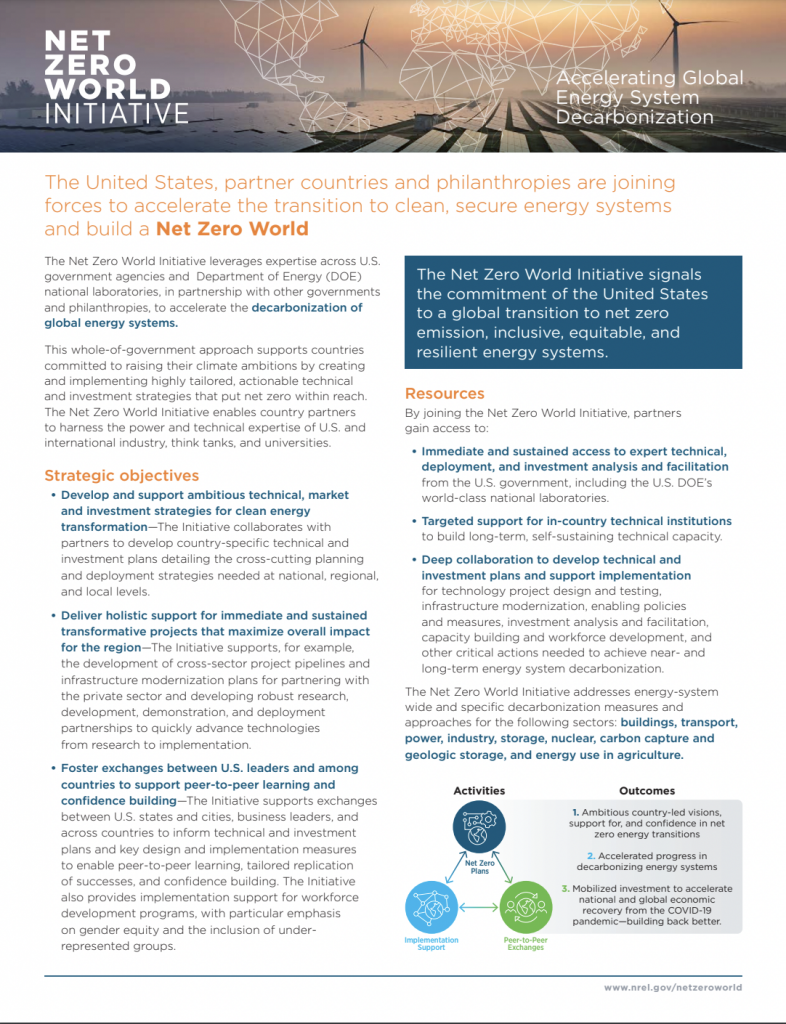
Net Zero World Initiative leverages the expertise of U.S. government agencies and Department of Energy (DOE) national laboratories, in partnership with other governments and philanthropic organizations, to accelerate the decarbonization of global energy systems. The initiative enables partner countries to leverage the technical expertise of the Net Zero World network to elevate their climate ambitions.
Transportation Energy & Mobility Pathway Options Model (TEMPO)
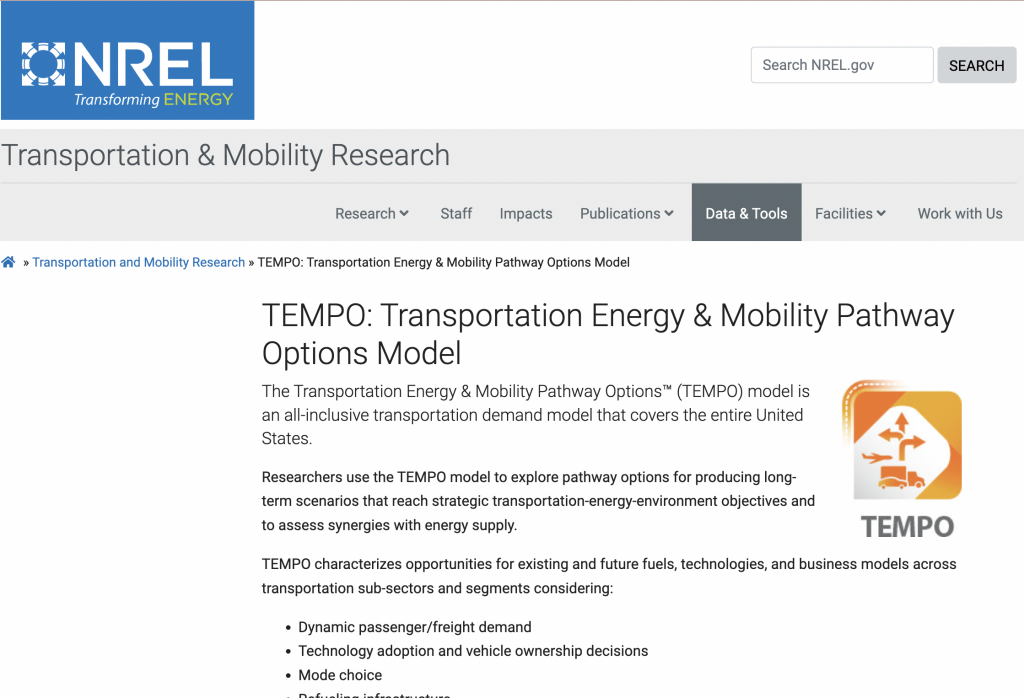
The Transportation Energy & Mobility Pathway Options™ (TEMPO) model is a transportation demand model. Researchers use the TEMPO model to explore pathway options to produce long-term scenarios that achieve strategic transportation, energy, and environmental objectives and to evaluate synergies with energy supply.
Scenario Evaluation and Regionalization Analysis Model (SERA)
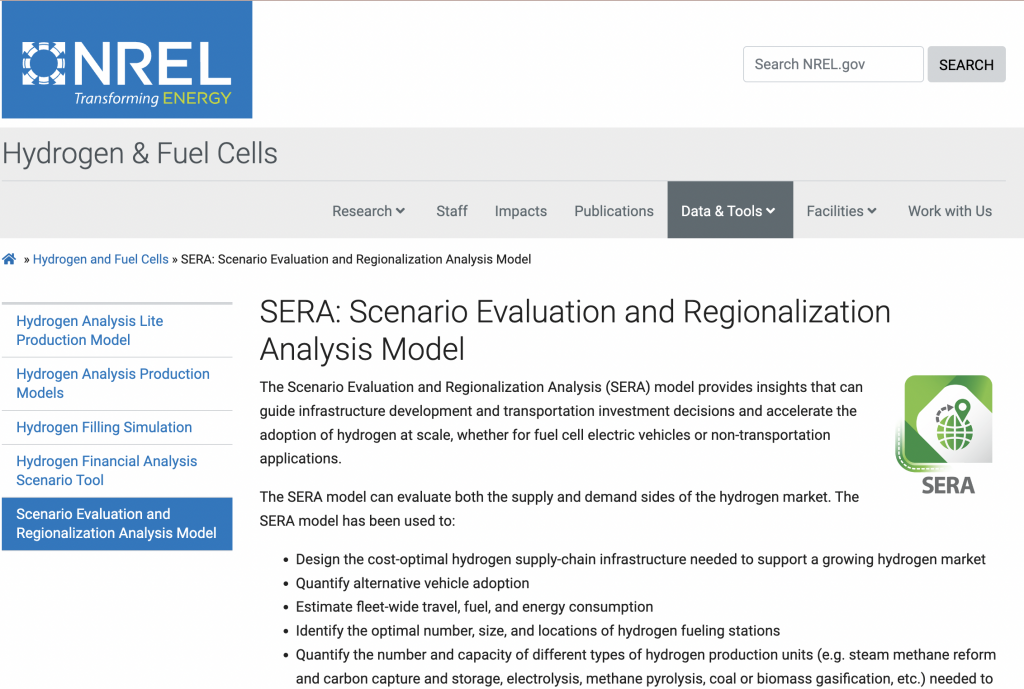
The Scenario Evaluation and Regionalization Analysis (SERA) model provides information that can guide infrastructure development and transportation investment decisions and accelerate hydrogen adoption at scale, whether for fuel cell electric vehicles or non-transportation applications.
Scalable Integrated Infrastructure Planning Model (SIIP)
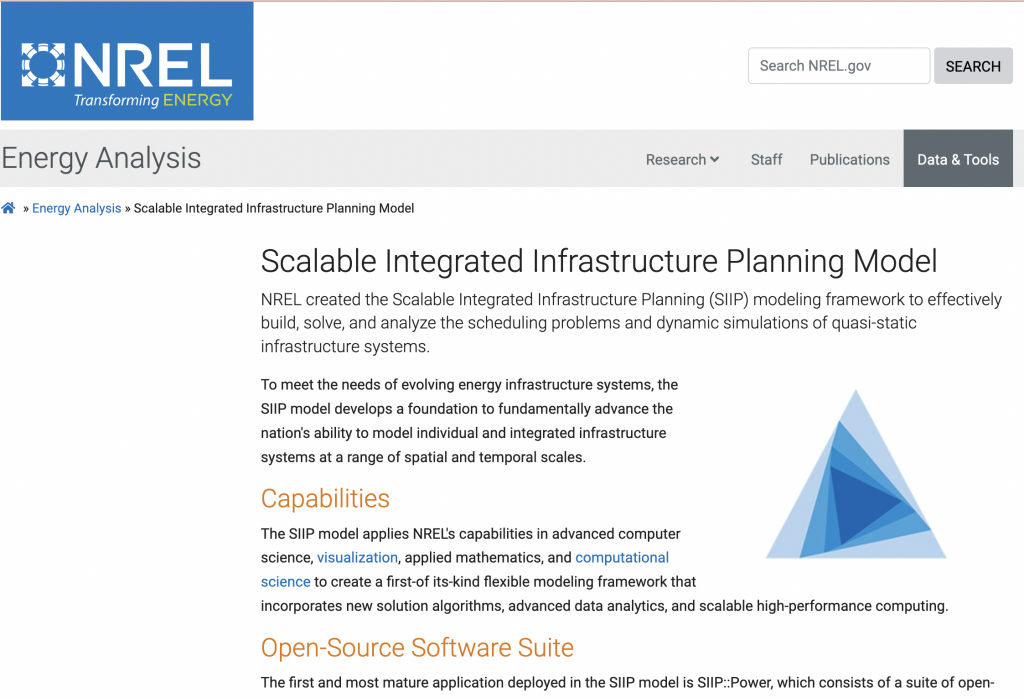
NREL created the Scalable Integrated Infrastructure Planning (SIIP) modeling framework to effectively build, solve, and analyze dynamic scheduling problems and simulations of quasi-static infrastructure systems. This addresses the needs of evolving energy infrastructure systems to model individual and integrated infrastructure systems at a variety of spatial and temporal scales.
The Renewable Energy Potential Model (reV)
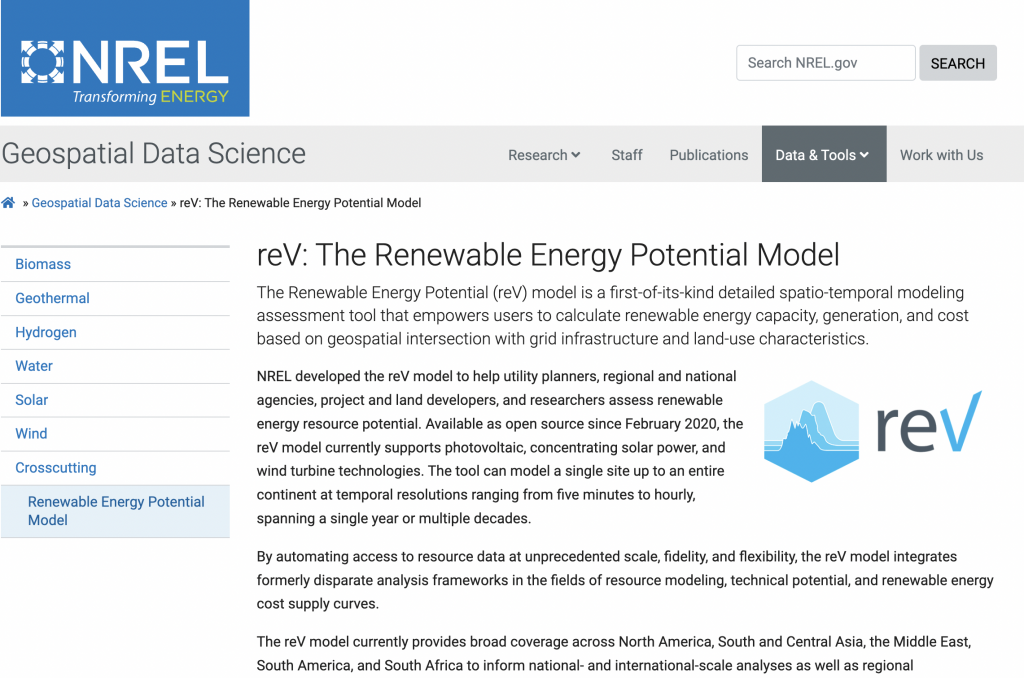
The Renewable Energy Potential (reV) model is a detailed spatio-temporal modeling assessment tool that allows the capacity, generation, and cost of renewable energy to be calculated based on geospatial intersection with grid infrastructure and land use characteristics. The reV model was designed to help planners, agencies, developers and researchers evaluate the potential of renewable energy resources.
Regional Energy Deployment System (ReEDS)
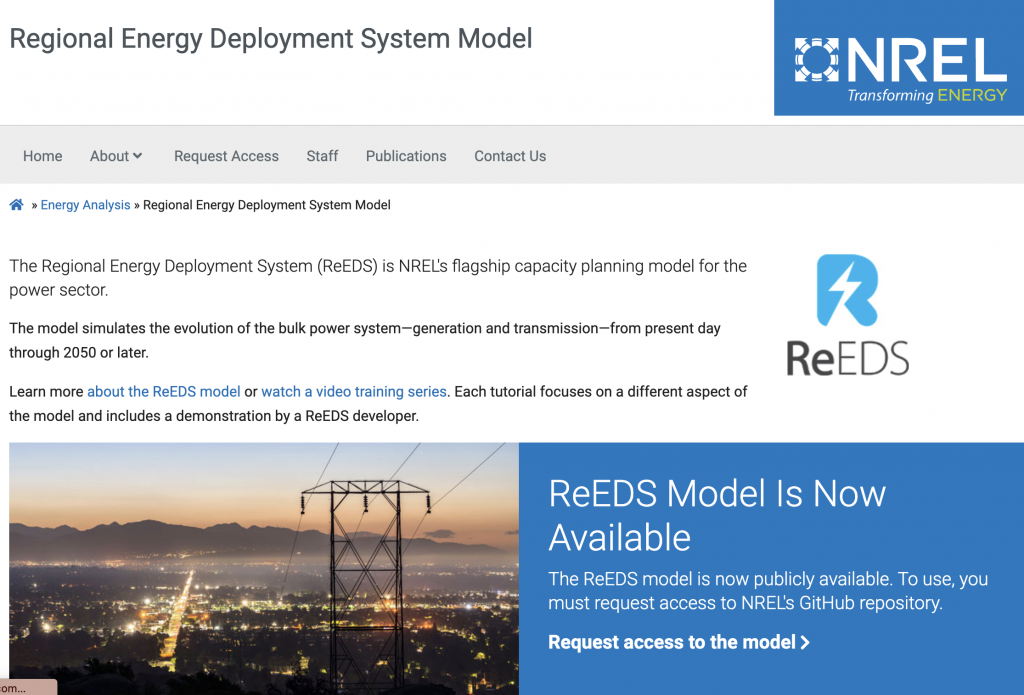
The Regional Energy Deployment System (ReEDS) is NREL's flagship capacity planning model for the electricity sector. The model simulates the evolution of the bulk power system (generation and transmission) from today to 2050 or later. The ReEDS model informs power sector research questions, clean energy policy, renewable energy integration, technology innovation, and transmission and generation infrastructure issues.
System Advisor Model (SAM)
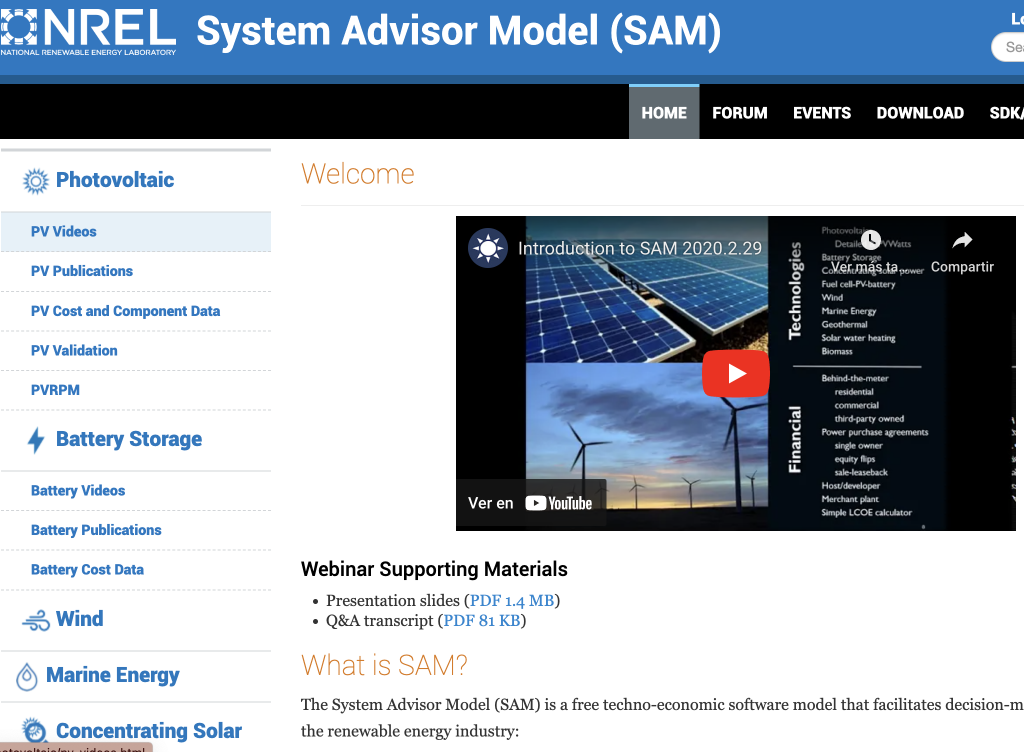
The System Advisor Model (SAM) is a free techno-economic software model that facilitates decision making for people in the renewable energy industry. SAM can model many types of renewable energy systems including photovoltaic systems, batteries, concentrating solar power systems, industrial process heat, wind power, marine wave and tidal power systems, geothermal power, biomass, among others.
RE Data Explorer
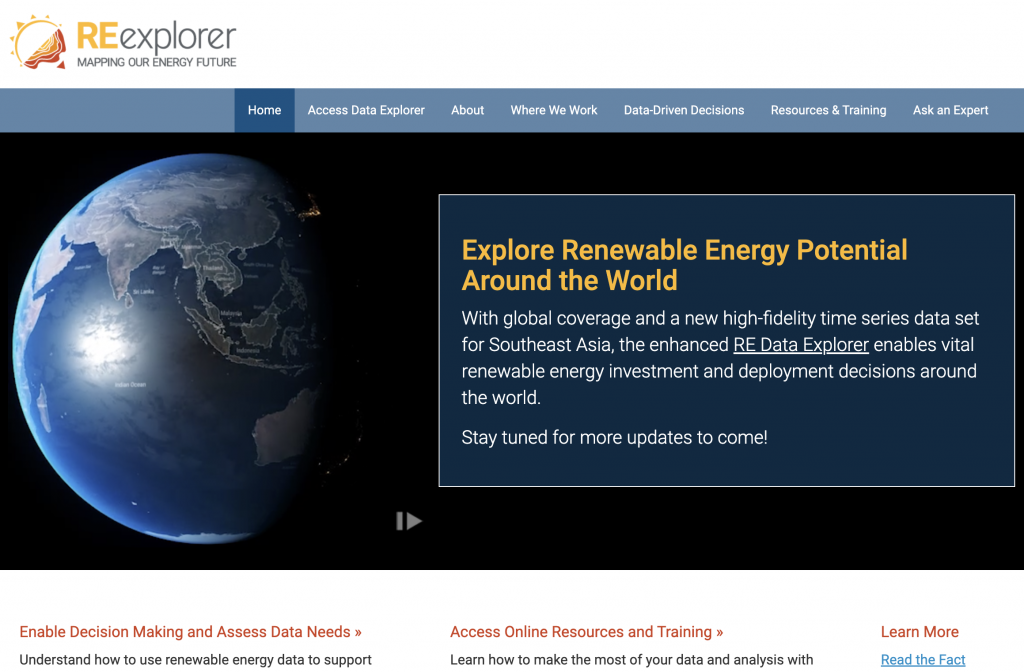
RE Data Explorer provides renewable energy data, analytical tools and technical assistance to developers, policy and decision makers in developing countries. RE Data Explorer enables users to make meaningful decisions that support low-emission development and ultimately reduce greenhouse gas emissions.
Greening The Grid
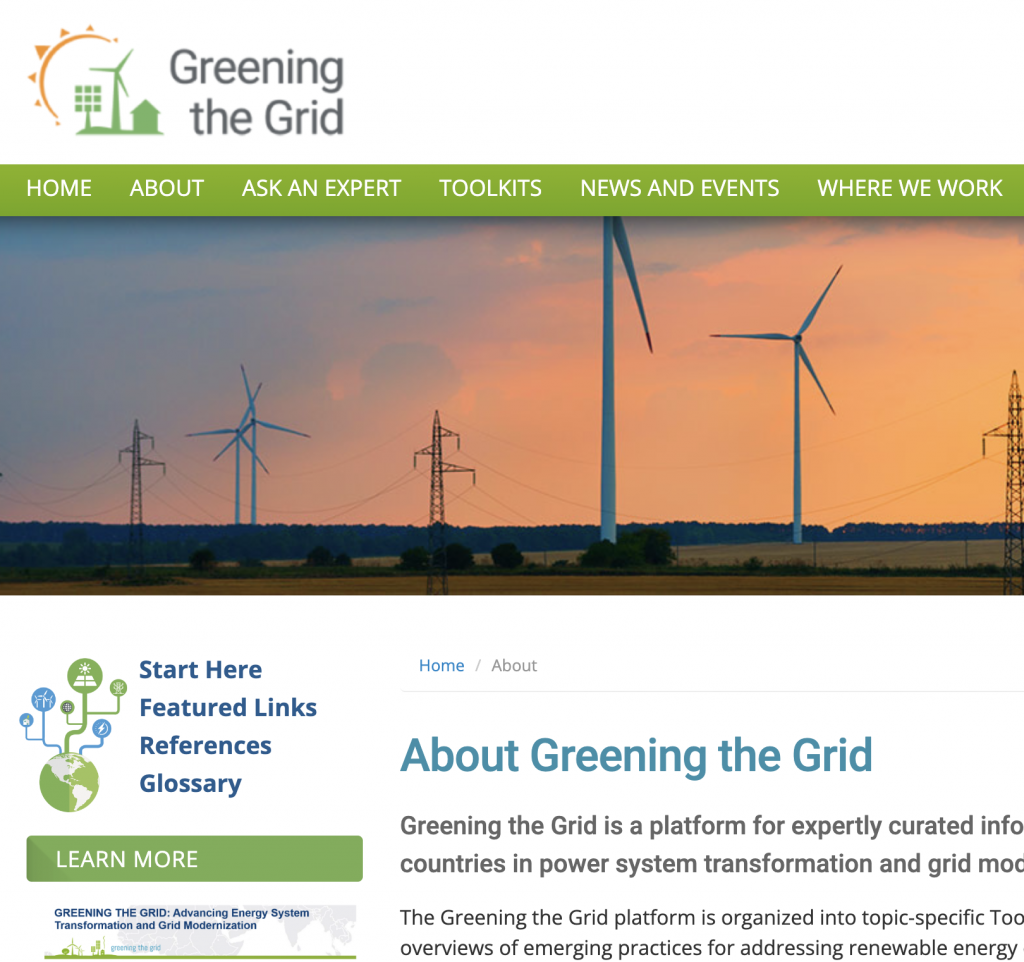
Greening the Grid is an information and guidance platform to support countries in electricity system transformation and grid modernization. The Greening the Grid platform is organized into topic-specific toolkits that provide 1) practical improvements to address the challenges of renewable energy development and 2) guidance on the application of these mechanisms to develop renewable energy.
